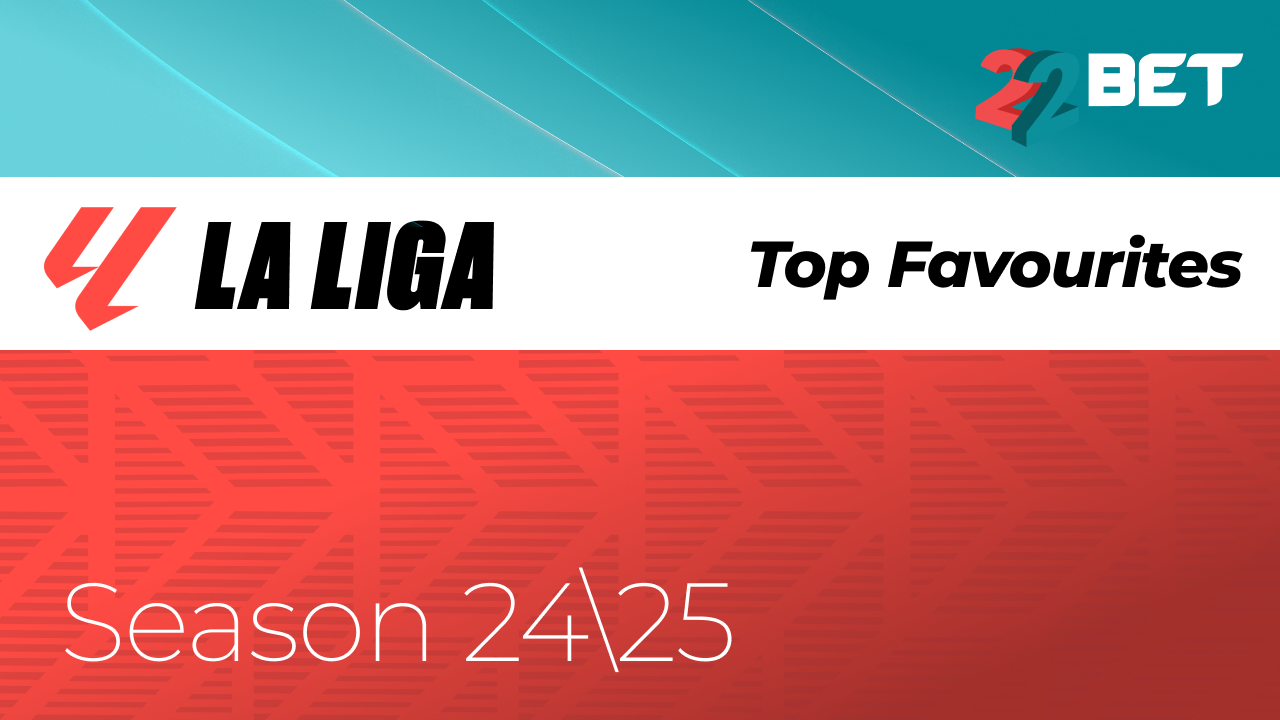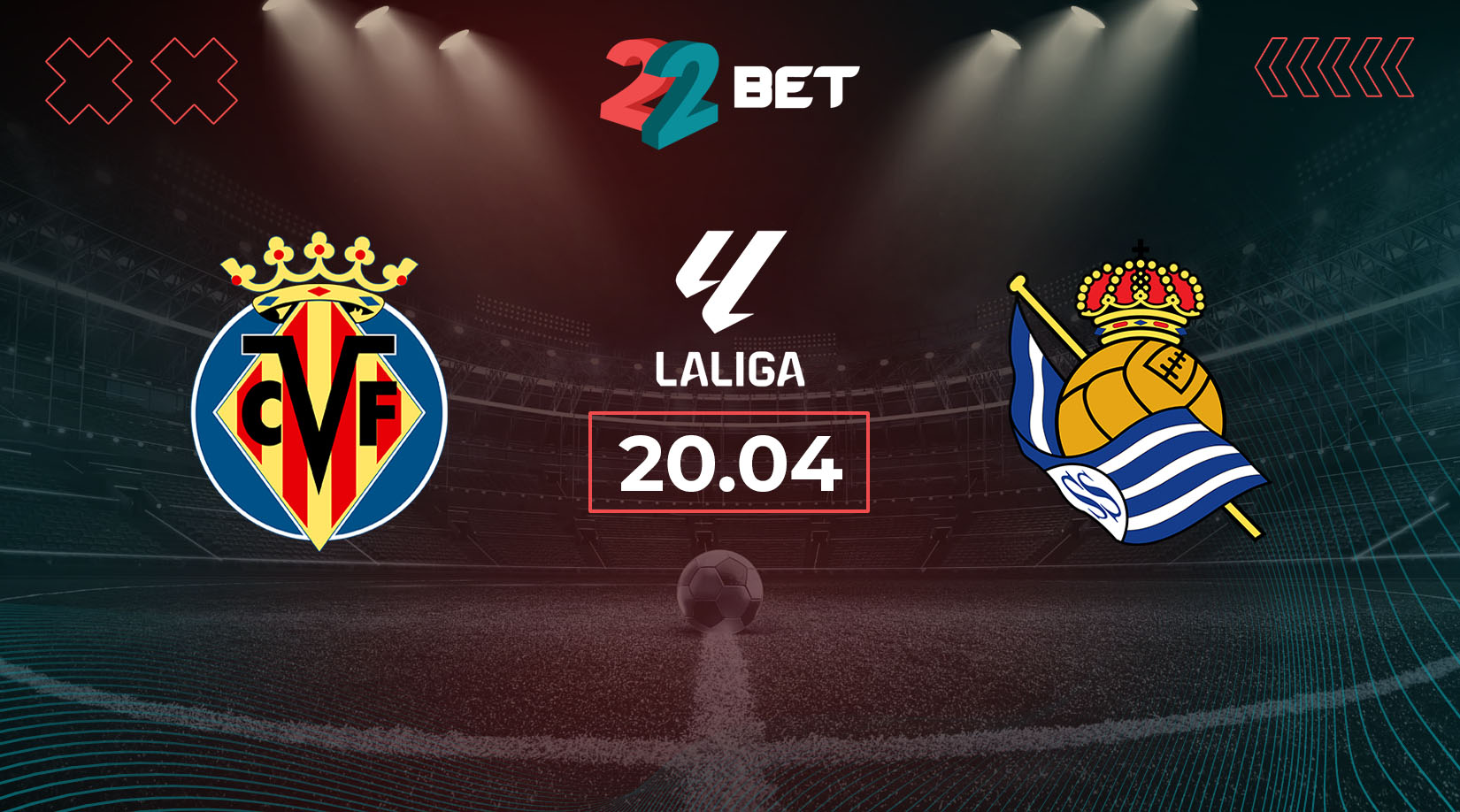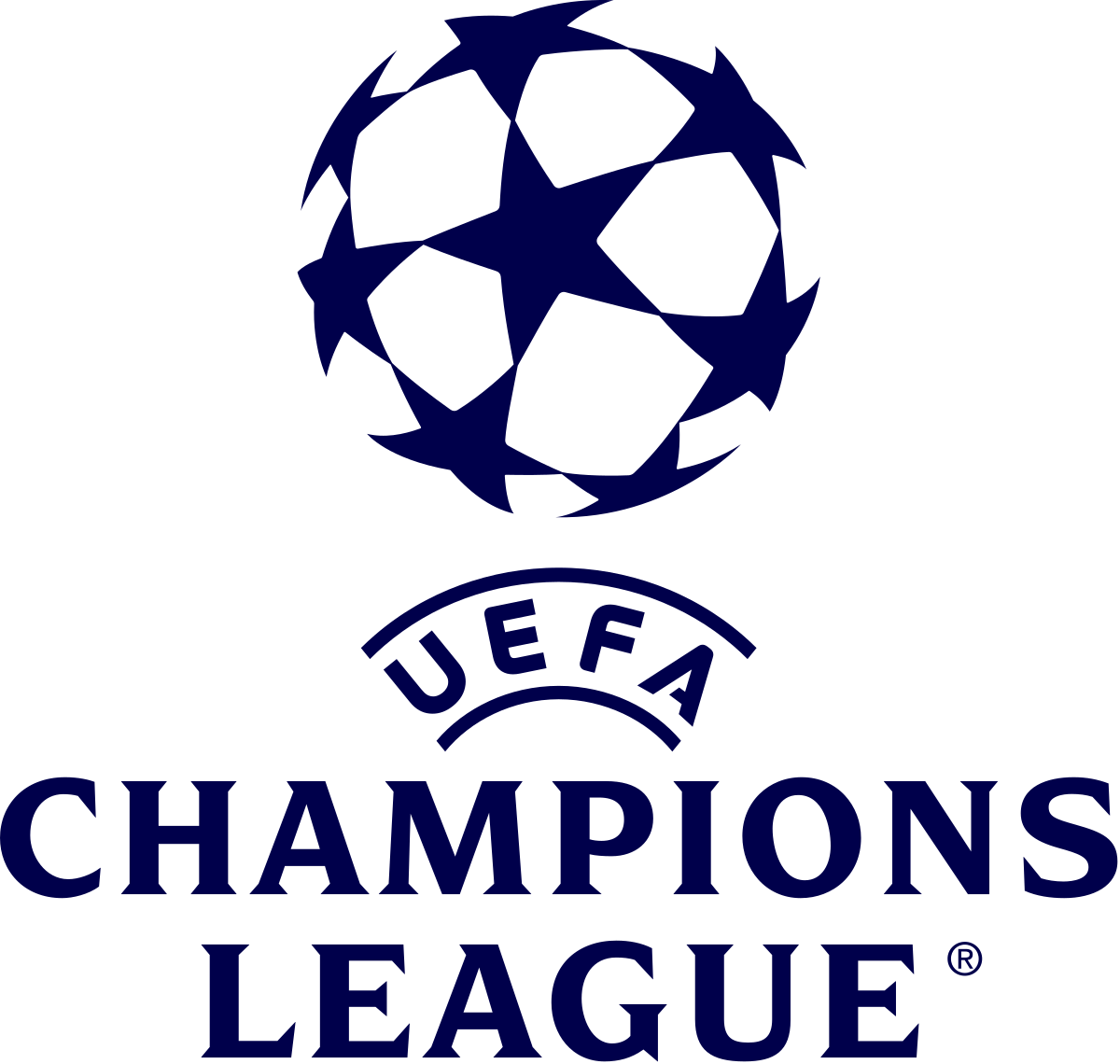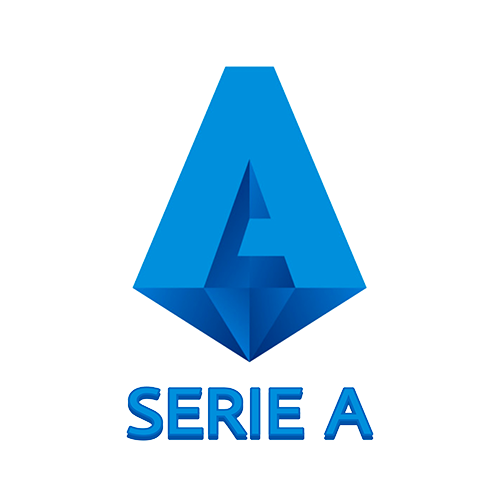Barcelona bounced back from a devastating defeat to Monaco in their last pre-season game to win their first four games of the season and claim the top spot in the La Liga table.
In their latest outing, Hans-Dieter Flick’s team delivered a stunning 7-0 victory over Real Valladolid at home, showcasing a dazzling attacking display while maintaining a clean sheet.
😍🍿 Relive the amazing 7-0 win on @BarcaOneFCB!
— FC Barcelona (@FCBarcelona) September 1, 2024
But how exactly has Flick transformed Barcelona after Xavi, and what has led to the Catalan club becoming one of the most entertaining teams in Europe? Let’s dive into the details.
How Barcelona’s Fluid Formation Confuses Opponents
Despite the absence of many key players during pre-season, Hansi Flick quickly instilled his playing principles and strategies, evident in Barcelona’s impressive start to the season.
Remarkably, the current Barcelona bears a striking resemblance to the Bayern Munich team that Flick led to unprecedented success, winning 83% of their matches – one of the highest rates in football history.
The German club won six titles in 2020, including the Champions League, largely due to its amazing goal-scoring ability, averaging 3.0 goals per match.
Our boss. 🫡 pic.twitter.com/3gYmNBQZO3
— FC Barcelona (@FCBarcelona) August 31, 2024
In many ways, the current Barcelona has quickly become similar to the Bayern Munich of Hansi Flick’s time. The Catalan club now has a very flexible tactical, capable of shifting dynamically during matches depending on the positioning of their full-backs and central midfielders.
Alejandro Balde and Jules Koundé actively support their partners on the attacking flanks, providing Barcelona with maximum width in attack and causing opponents’ defenses to stretch often. Both Balde and Koundé can open up in high positions one at a time or simultaneously.
🇪🇸🇪🇸 pic.twitter.com/njkw6g933p
— Alejandro Balde 🇪🇸 (@baldeAlejandro1) September 2, 2024
In the match against Real Valladolid, both Balde and Koundé alternated between high positions, whether in the first line of attack, the middle third, or even the final third, making it incredibly difficult for Valladolid to track their movements. As a result, Valladolid’s midfielders often struggled to contain Barcelona’s full-backs, so Balde and Koundé could effectively progress the ball and link up with their teammates.
Meanwhile, in midfield, Pedri could drop back to his half with Marc Casadó to assist in building attacks. He also often positioned himself near the opponent’s penalty area and even made incisive runs into the box, either to take a shot or deliver a dangerous pass.
Al parón por todo lo alto. Una tarde perfecta!💪 SOM-HI! ❤️ pic.twitter.com/QWEliJxkAv
— Pedri González (@Pedri) August 31, 2024
This fluidity is why it’s extremely difficult to determine Barcelona’s formation in positional attacks, causing opponents to have big problems organizing their defense against them.
Flick’s Tactic, Raphinha’s Mastery: Barcelona’s Offensive Overhaul
One of the main tactics frequently used by Hansi Flick at Bayern Munich was overloading the opponent’s defensive zone by shifting wing attackers into central areas. Raphinha has adapted remarkably well to this strategy in the new season, freely moving around the central zone in front of the penalty area, making him nearly undetectable by defenders.
𝐇𝐀𝐓 𝐓𝐑𝐈𝐂𝐊 𝐌𝐀𝐍 🔥🇧🇷 pic.twitter.com/xKRwhwBQRg
— FC Barcelona (@FCBarcelona) August 31, 2024
In the match against Valladolid, who tried to defend with a compact medium-low defensive block in a 5-4-1 formation, Raphinha, along with Robert Lewandowski and Dani Olmo, dynamically and skillfully found space behind Valladolid’s central midfielders in the area between the lines, creating lightning-fast combinations and delivering quick penetrating passes.
In response, Valladolid defenders tried to push up the defensive line to minimize the space behind the midfielders. However, Barcelona exploited this by sending precise passes behind the defense, with Raphinha and Lewandowski making incredible runs into the penalty area.
𝐑𝐀𝐏𝐇𝐀 𝐏𝐎𝐖𝐄𝐑 🇧🇷 pic.twitter.com/NqZgBSLEwg
— FC Barcelona (@FCBarcelona) August 31, 2024
If the visitors attempted to sit in a low defensive block, Barcelona would overwhelm the opponent’s penalty area with great effort, creating dangerous moments with relentless pressure.
In addition to smart movements in the area between the lines, the Blaugranas acted with maximum dynamism and verticality to make it difficult for their opponents to adapt to Barcelona’s shifting player movements.
In the previous two seasons under Xavi’s leadership, Barcelona’s attack was often criticized for being static and overly reliant on horizontal play, which caused problems against opponents deploying five defenders. However, this season, under Flick’s guidance, the situation has completely changed.
From Attack to Defense in a Flash: Barcelona’s Lightning-Fast Counter-Press
Barcelona often attacks using a 3-1-6 or 2-2-6 formation to overload the opponents’ midfield and defense. In such situations, it is crucial for Barcelona players to quickly counter-press to prevent dangerous counterattacks from their opponents.
What it means to him 🥹💙 pic.twitter.com/OAq2CYrYtu
— FC Barcelona (@FCBarcelona) August 31, 2024
In the match against Valladolid, Barcelona managed to do this by instantly pressing the opponent when losing the ball, while the full-backs returned to their half to help the center-backs cover the penalty area.
This approach carries inherent risks, but in this particular game, Valladolid managed only a few dangerous counterattacks. Most of their attempts were thwarted by Barcelona’s quick reactions and disciplined counter-pressing in the opponent’s half.
Efficiency Over Exhaustion
Hansi Flick’s Barcelona must strategically manage their energy throughout the entire season. The relentless intensity of their attacking and pressing game can lead to physical fatigue as early as December if not carefully managed.
Flick & Co. 🔥 pic.twitter.com/xZbL89r9Vq
— FC Barcelona (@FCBarcelona) August 31, 2024
That’s why in the match against Valladolid, after scoring their second goal in the 25th minute, Barcelona’s players wisely reduced the tempo and only sporadically increased the pace of the game. Despite this, they were able to score five more goals, indicating the team’s outstanding level of attacking play.
Barcelona’s Unstoppable Attack
Barcelona played four matches at the start of the season against opponents who tried to stop them in different ways.
Only Rayo Vallecano managed to cause problems for Barca with strong pressing in the first half of their encounter. However, the Rayo players became so fatigued by their pressing efforts that they lost their defensive organization in the second half, allowing Barcelona to score two goals.
Your team 🥰 pic.twitter.com/T3DYt5VJbG
— FC Barcelona (@FCBarcelona) August 31, 2024
In the other matches, no matter what tactics the opponents used, Barcelona consistently created numerous scoring opportunities and scored at least two goals in each match.
It is quite interesting to see which opponent will be the first to hold back Barcelona’s attack. However, at the moment, it seems more likely that Barcelona will continue to refine and enhance their attacking game in the upcoming matches and may achieve a series of confident victories.
Conclusions
Barcelona completely deserved their 7-0 victory over Real Valladolid, showcasing an exceptional level of play in all stages of the game.
Another W!
📸 @WhiteBit pic.twitter.com/ZMHM3PFdax— FC Barcelona (@FCBarcelona) September 1, 2024
Hans-Dieter Flick quickly implemented his game principles at his new club, mirroring the colossal success he achieved at Bayern Munich. The Catalan club now attacks with dynamism and verticality, making unpredictable tactical adjustments throughout the match and applying intense pressure on the opponent’s defensive zone.



























